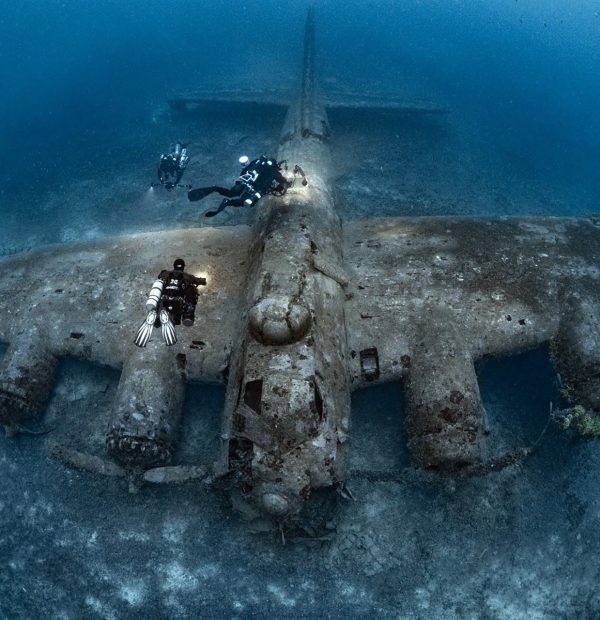Wednesday, 15 May 2024
Menu

The whale shark is an endangered species and it is estimated that their population has declined over the past 75 years by more than 50 percent. Despite being protected in many countries, sharks still fall prey to the fishing industry – particularly for their fins, the soup of which, in some parts of Asia, is considered an exceptional delicacy. They are also threatened by oil and gas drilling, ship collisions and climate change.
Wildbook for Whale Sharksco-founded by Australian marine biologist Brad Norman, is an online photo database that uses NASA technology to identify whale sharks based on their specific skin colouration. Thousands of people from all over the world – ordinary citizens, scientists or tour operators – contribute photos that are used to determine the location of aggregations and migration routes of this endangered species. This in turn can contribute to the planning of strategies to protect their breeding grounds.
As of this moment, the database contains around 70,000 submissions from more than 50 countries, making it one of the largest conservation crowdsourcing projects in the world.
Speaking to CNN, Norman stresses that this kind of crowdsourced data is vital to helping these gentle giants: “Over the last few years, the number of incoming observations has been steadily increasing. The images we get are extremely useful in our research. Thanks to them, we can work together to save this species.”
He explains that the images are analysed by an algorithm that scans the spots and stripes on the animal’s skin, which are unique and unrepeatable like a fingerprint on a human. The algorithm identifies the shark by searching the database for a matching pattern.
CNN learns that the technology used was first developed for NASA’s Hubble Space Telescope programme. The algorithms used for the analysis also work well for identifying whale sharks, as spots on their skin form patterns similar to stars in the night sky.
Norman, who won the Rolex Prize in 2006, says protecting the breeding grounds of whale sharks is a “very important issue” needed to save the species, which could prove helpful in the long term. Data collected by “citizen scientists” will give it a better chance of making this possible: “I can only stay in one place at a time. That’s why the public’s support for our project is very important.”
CNN press release










Welcome to DIVERS24.COM, your daily source of scuba news, freediving, scuba diving information, and equipment reviews. Our comprehensive coverage of the dive industry from A to Z provides you with all the latest scuba news, training updates, underwater photography tips, and everything else related to scuba diving. Whether you’re a beginner or an experienced diver looking for more knowledge about scuba gear or techniques – we’ve got it covered! With our in-depth articles written by experienced divers who have been there and done that, you are sure to find exactly what you need here at Divers24.com. Dive into scuba news today!
Underwater Media Sp. z o.o.
Szafarnia 11/F8,
80-755 Gdansk, Poland
Welcome to DIVERS24.COM, your daily source of scuba news, freediving, and scuba diving information. Sign in for a weekly news update and discount coupons for dive gear and apparel.
@2023 - underwatermedia.pl. All Right Reserved. Designed and Developed by Tworzenie stron internetowych Gdansk

The Divers24 portal is currently the largest online medium treating diving in Poland. Since 2010 we have been providing interesting and important information from Poland and around the world on all forms of diving and related activities.
Contact us: info@divers24.com